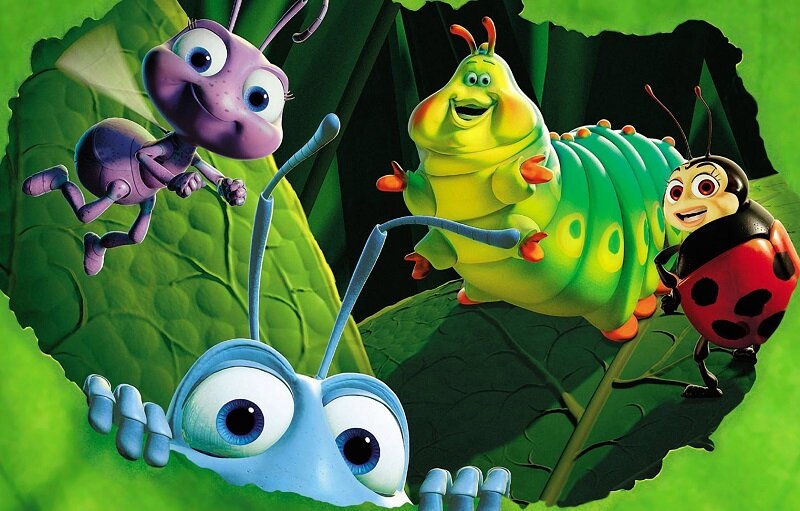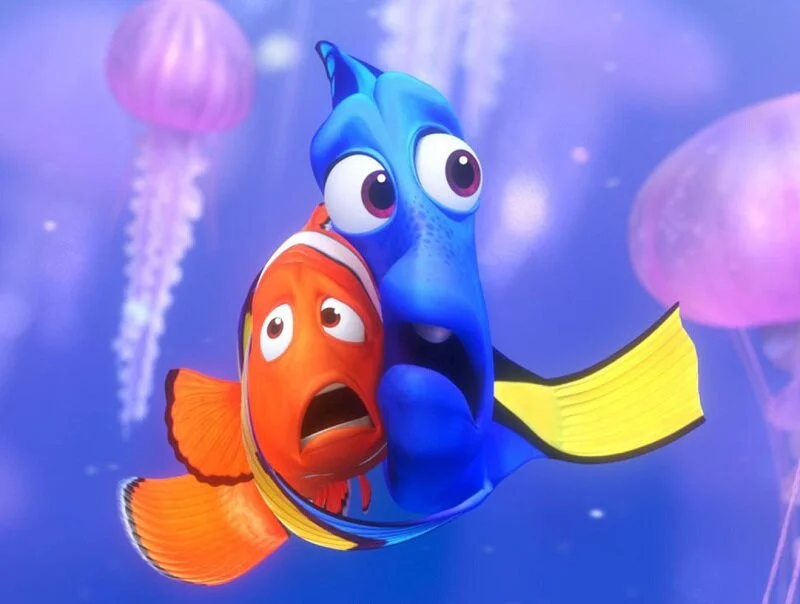A Bug's Life vs Antz: How Pixar Took On Dreamworks... and Won?
A Bug’s Life. Image courtesy of Pixar.
After the breakout success of Toy Story, it would be three long years before Pixar had another film in theaters: 1998’s A Bug’s Life, starring the voice acting talents of Dave Foley. I actually don’t find A Bug’s Life to be a particularly memorable film and I think that, when compared with the string of films that followed, it’s kind of a minor addition to Pixar’s filmography.
It grossed $363 million, or about the same as Toy Story despite having a budget four times as large which means it wasn’t as profitable. Like Toy Story, A Bug’s Life takes us into a fantasy world that would be impossible to access without the use of animation, that of a traveling circus of insects. But for me the more compelling thing about A Bug’s Life is its backstory, as it became a pawn in a game of corporate chess between Pixar and its arch-nemesis, Dreamworks Animation.
After parting from Disney under less than amicable conditions, producer Jeffrey Katzenberg teamed up with Steven Spielberg and David Geffen to form Dreamworks in 1994. Probably, part of this was motivated by some animus on Katzenberg’s part to try and stick it to Disney and he wanted Dreamworks’ animation department to compete with the best that Disney had to offer. This is, in a nutshell, why the world was treated to not one but two 3-D digitally animated films about ants in 1998. You would think a single film about the animated world of insects would be enough for a one year, but you would be wrong.
Because animated films have such long lead times and development is generally time consuming, the story goes that Katzenberg found out about A Bug’s Life from his buddy John Lasseter and then, basically, stole the idea and rushed it into production as Antz for Dreamworks. Much name-calling and caterwauling ensued between Steve Jobs, Katzenberg and John Lasseter. At the end of the day, Antz starring the voice acting talents of Woody Allen, made it into theaters about two months before A Bug’s Life and did only about half the box office. So, when all the dust settled, we can probably say Pixar came out on top.
But neither of these films about anthropomorphic bugs has left much an enduring mark, certainly not in the way that Toy Story did or the way later Pixar films or even Shrek would. A Bug’s Life did mark the start of the Pixarian tradition of running a short film before its theatrical features. While these shorts are always fun and clever and well-made, the real purpose is for experimenting with technical innovations in a low-stakes way. Geri’s Game, the short released with A Bug’s Life, would go on to win an Oscar.
So what can we say about the legacy of A Bug’s Life? It had impossibly big shoes to fill, coming out after the truly groundbreaking and nearly flawless Toy Story. It couldn’t live up to that high bar. But it does play an interesting role in the corporate rivalry that blossomed out of Pixar’s success, as two big players squared up against one another in the dog eat dog world of animated bug movies and in the end one made more money and didn’t cast an alleged sex predator to voice a children’s movie so in the end, we can probably give the win to Pixar here.






